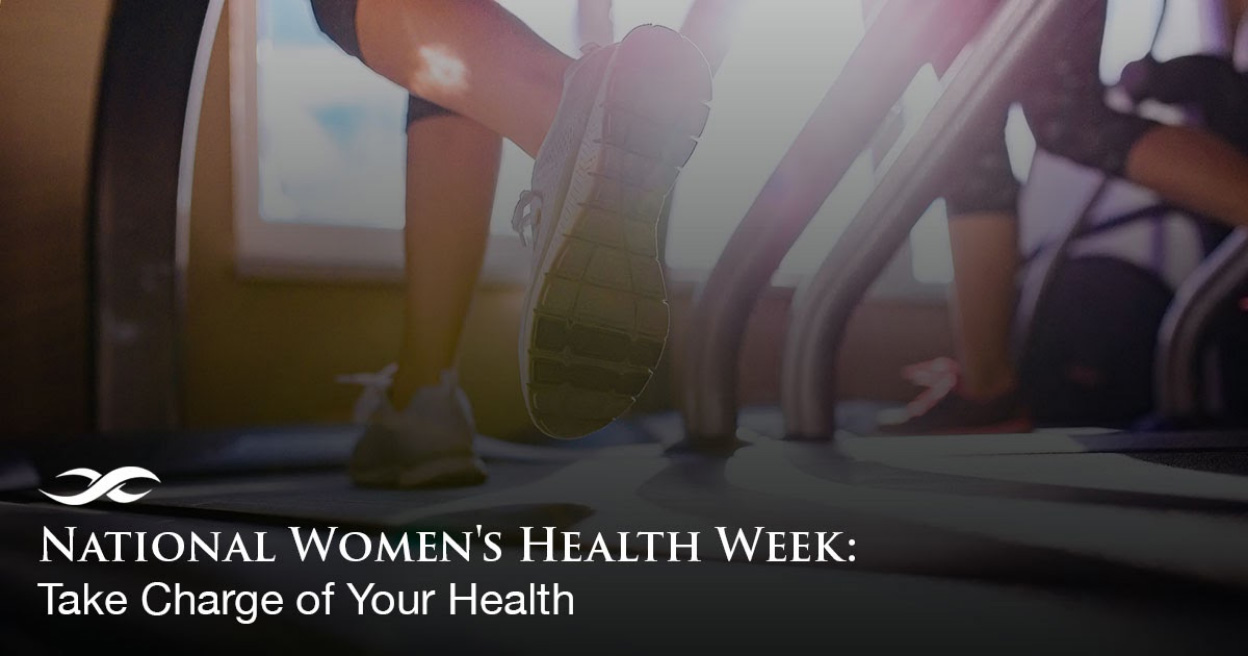All About Abdominal Aortic Aneurysms
Abdominal aortic aneurysms (AAA) are common, with about 200,000 diagnosed cases in the US each year. An AAA is an enlarged area in the lower section of the aorta. The aorta is a major blood vessel, running from the heart through the abdomen.
When abdominal aortic aneurysms rupture, it can be life-threatening. In fact, according to the Society for Vascular Surgery, ‘a ruptured AAA is the 15th leading cause of death in the country, and the 10th leading cause of death in men older than 55.’
AAAs run in families; patients are twelve times more likely to develop one if a first-degree relative has had one. Other factors that put you more at risk for developing this condition include the following:
- Men aged 60+
- Smoker
- Caucasian
Symptoms
The majority of abdominal aortic aneurysms don’t cause any symptoms and are found while the patient is being evaluated for another condition. For those that do show symptoms, the following are common:
- Deep, persistent pain in the abdomen or on the side of the abdomen
- Back pain
- A pulse near the belly button
Diagnosis
The physicians at Vascular & Vein Institute of Siouxland use several methods to diagnose abdominal aortic aneurysms.
- Abdominal ultrasound – A painless imaging test to screen for or measure the size of an AAA
- Computed tomographic angiogram – An x-ray that allows your physician to determine the size and location of the aneurysm
Treatment
The physicians at Vascular & Vein Institute of Siouxland will determine treatment methods on a case-by-case basis, often by the size of the AAA. For small AAAs, your physician may recommend ultrasound tests every 6-12 months, and certain lifestyle changes like daily exercise or quitting smoking.
For larger AAAs or ones that are growing rapidly, your physician may recommend a minimally invasive procedure. Endovascular aneurysm repair uses x-ray imaging and a catheter to reinforce the artery walls and exclude the aneurysm. This technique requires significantly less recovery time than open surgery.
National Women’s Health Week: Take Charge of Your Health

It’s National Women’s Health Week this week! This health initiative was put into place by the U.S. Department of Health and Human Services’ Office on Women’s Health to serve ‘as a reminder for women to make their health a priority and build positive health habits for life.’
While each woman takes charge of their health in different ways, some methods to do so include the following:
- Yearly checkups
- Preventive screenings
- Vaccines
- Active lifestyle
- Healthy eating
The physicians at Vascular & Vein Institute of Siouxland specialize in treating many conditions, some of which affect more women than men. Keep reading to learn more about uterine fibroids and varicose veins.
Uterine Fibroids
Uterine fibroids are common, with more than 200,000 new cases in the US each year. According to the Society of Interventional Radiology, 20-40% of women age 35 and older have fibroids of significant size.
Uterine fibroids are noncancerous growths that occur in the muscle cells of the uterus. These fibroids don’t spread to other areas of the body, typically aren’t dangerous, and often appear during childbearing years. Below are common symptoms experienced by patients with uterine fibroids:
- Pelvic pressure or pain
- Heavy menstrual bleeding
- Menstrual periods that last more than a week
- Severe cramps
- Pain during or following intercourse
- Abdominal enlargement
- Pain down the back of one or both legs
- Difficulty completely emptying bladder
- Frequent urination
- Constipation
Learn more about uterine fibroids and their treatment options on our blog Uterine Fibroids: What You Need to Know.
Varicose Veins
In the US, 23% of the population are affected by varicose veins. While for many of those people varicose veins are primarily a cosmetic concern, for other more severe cases varicose veins cause discomfort and lead to more serious problems.
Varicose veins are large, twisted veins that appear most often in the legs and feet. They are the result of weak or damaged valves in the veins of your legs that are unable to efficiently pump the blood to the rest of your body. These valves allow the blood to flow backward and pool in the veins, causing them to enlarge and twist. Common symptoms of varicose veins include the following:
- Enlarged, dark purple or blue veins
- Swelling
- Aching pain or heaviness in one or both legs
- Itching near affected veins
- Muscle cramps
Learn more about varicose veins and a popular treatment method on our blog Treating Varicose Veins with VenaSeal™.

